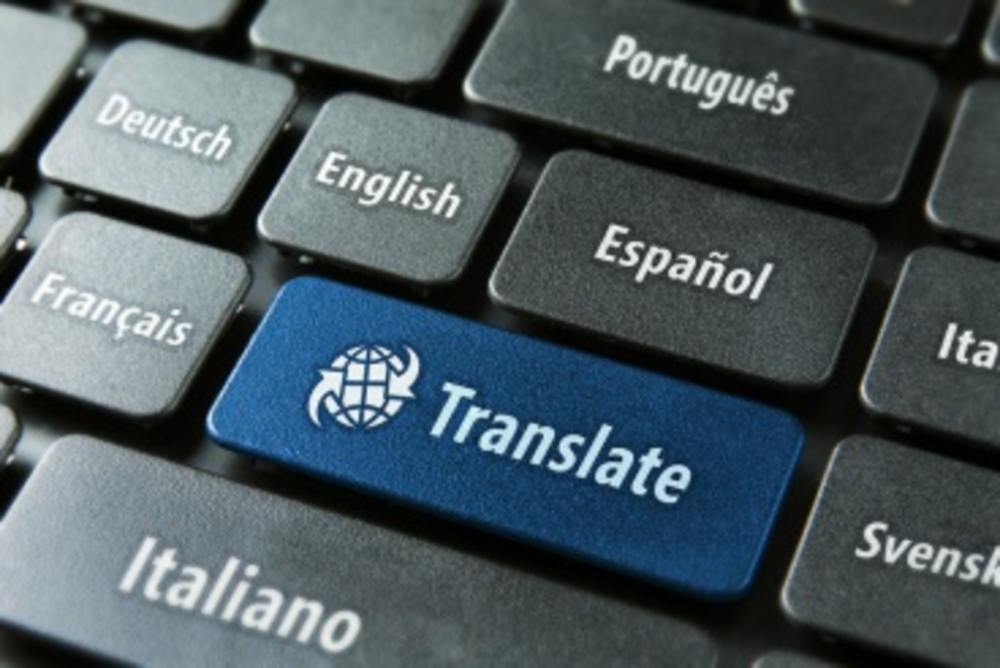It takes seven to 13 touches to deliver a qualified sales lead, according to the Direct Marketing Association of Northern California. However, maintaining the consistency of your corporate messaging throughout all touchpoints in a multichannel marketing campaign can be challenging and taking the campaign global adds an extra level of complexity. As Merlin Mann said, “Everything takes more time than you thought, everything costs more money than you thought, and almost everything turns out not quite as cool as you expected.” But that doesn’t have to be the case.
Select specialized linguists that are skilled in the language, marketing, and the product or service
Global marketing demands a whole lot more than just a simple translation of words from one language to another. Marketing content translation is complicated and requires a depth of industry knowledge, as well as marketing experience, for the end result to be not only accurate but also on-message. You need a translator who understands your business, the service and/or product you’re promoting, as well as the target audience and the various channels you employ. When on the hunt for for a linguistic partner, look for a translator with a minimum of three to five years of proven marketing translation experience and a solid understanding of marketing translation best practices.
Provide context and relevancy for the linguist
In addition, corporations must have the right process in place to make sure that linguists really understand what the campaign strategy is about so they can convey properly nuanced messages throughout all touchpoints. If the intent of a sentence is very direct and clear, any linguist with a good technical knowledge of the industry shouldn’t need any other information to translate it accurately. But that is rarely the case in marketing. As marketing concepts become more complex, more context may be required to help the linguist understand the intended meaning of the content in order to translate it correctly. Taglines, for example often have dual meanings. Keep the tagline as close as possible to the related marketing material when packaging content for translation to provide context and relevancy for the linguist.
Invest in style guides and glossaries to ensure marketing content success
One way of the best ways to ensure the proper translation of your marketing materials is to provide your linguist with a glossary and style guide. A glossary is a comprehensive list of commonly used terms, phrases, and product names specific to your industry, as well as the approved translations for each language pair. In most cases it also contains definitions, uses, and context. On the other hand, a style guide provides advice on writing style, brand messaging, and formatting preferences and is essential for consistency of documentation. Each style guide should also explain how to handle syntax issues such as:
- Which words to translate and which product names remain in English
- How to treat dates, time zones, and currency conversion
- Guidelines for layout, fonts, headers, and footers
- Instructions for capitalization, punctuation, acronyms, and hyphenation
- When to follow the target language grammar rules
Maintaining messaging consistency through a web of translated marketing materials that can often include everything from sales methodology to white papers and data sheets is not easy, but with the right partner and the right approach, it can be done. Because companies often rely on external linguists who may not have all the background information the marketers who created the campaign had, it’s essential to provide as much context as possible when assigning translation projects. In addition, partnering with an experienced language service provider who not only understands marketing, but also your industry and target audience, is critical to the success of your marketing content translation. Lastly, investing in style guides and glossaries is essential for consistency and accuracy.
Nic McMahon is chief operating officer of VIA.








